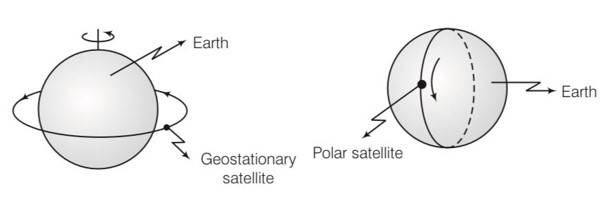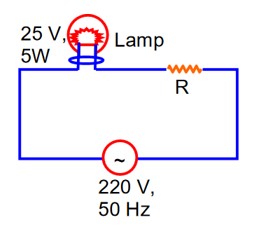Physics NCERT Exemplar Solutions Class 11th Chapter Eight
Get insights from 134 questions on Physics NCERT Exemplar Solutions Class 11th Chapter Eight, answered by students, alumni, and experts. You may also ask and answer any question you like about Physics NCERT Exemplar Solutions Class 11th Chapter Eight
Follow Ask QuestionQuestions
Discussions
Active Users
Followers
New answer posted
3 months agoContributor-Level 10
We know
Energy on any orbit is given by,
[n1 = 1] (1)
For 3rd orbit
[n2 = 3]
E3 = 13.6ev
= 13.6 – (13.6 * 9)
= 114.15 * 1010m
New answer posted
3 months agoContributor-Level 10
3d = 0.6mm
D = 80cm
= 800mm
Path difference is given by
BP – Andhra Pradesh = Dx
[for Dark fringe at P]
n = 0, for first dark fringe
first dark fringe is observed on the screen directly opposite to one of the slits]
New answer posted
3 months agoContributor-Level 10
We know that horizontal speed will remain constant
20 cos = v cos ……… (i)
Along y-axis
……. (ii)
New answer posted
5 months agoContributor-Level 10
This is a Multiple Choice Questions as classified in NCERT Exemplar
Answer-d
Explanation- for small objects sizes less than 100 m centre of mass very close with the centre of gravity of the body. But when the size of object increases it weight changes and its CM and CG become far from each other.
New answer posted
5 months agoContributor-Level 10
This is a Multiple Choice Questions as classified in NCERT Exemplar
Answer-a, c
Explanation- a geostationary satellite is having same sense of rotation as that of earth i.e west east direction.

A polar satellite goes around earth's pole in north south direction.
New answer posted
5 months agoContributor-Level 10
This is a Multiple Choice Questions as classified in NCERT Exemplar
Answer-a,c,d
Explanation- F1=-F2=- n
r12=r1-r2
acceleration due to gravity ,g = F/mass=
as g is constant hence constant of proportionality will not be constant in kepler's third law.
Hence kepler's law will not be valid.
For negative n, g=
=
Mo>m1 or m2 so objects lighter than water will sink
New answer posted
5 months agoContributor-Level 10
This is a Multiple Choice Questions as classified in NCERT Exemplar
Answer-c, d
Explanation- Gravitation force F= where M is mass of sun and m is mass of earth.
When G decrease force will also decrease so according to this it will not in the fixed circular orbits around the sun. as when radius increases the force will decreases and soon earth leave the solar system.
Taking an Exam? Selecting a College?
Get authentic answers from experts, students and alumni that you won't find anywhere else
Sign Up on ShikshaOn Shiksha, get access to
- 65k Colleges
- 1.2k Exams
- 679k Reviews
- 1800k Answers

